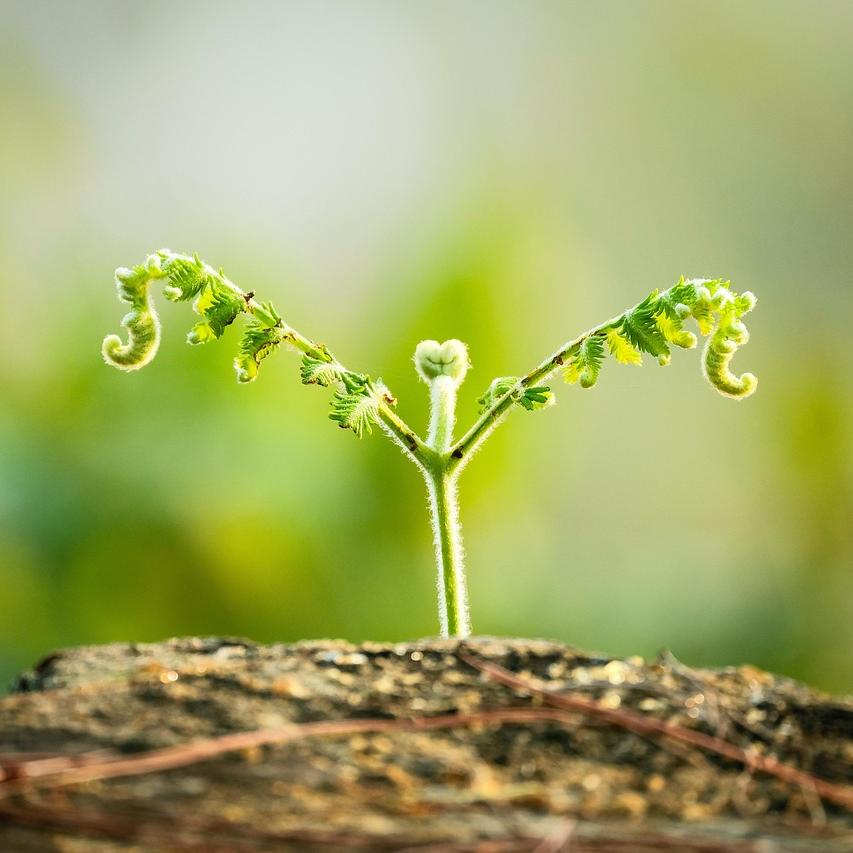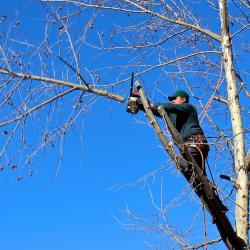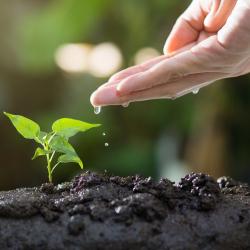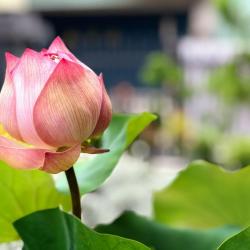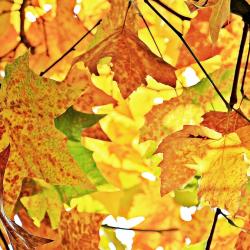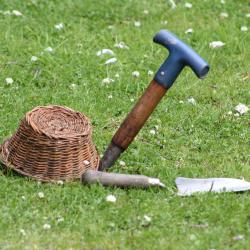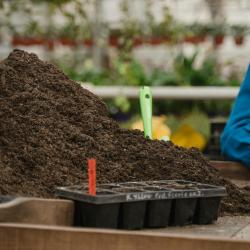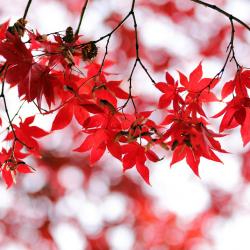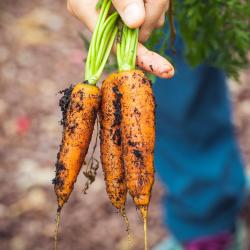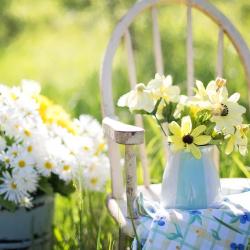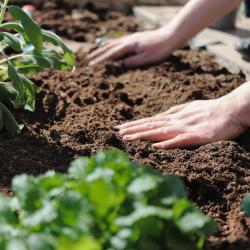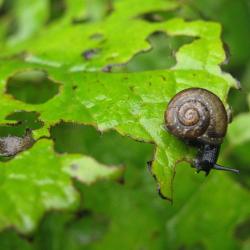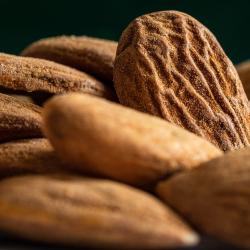What to Do in Your Garden Each Season for Optimal Growth
Gardening is a rewarding endeavor that requires understanding the rhythms of nature. Knowing what tasks to perform and when to perform them can help ensure that your garden flourishes year-round. Here’s a detailed guide on what to do in your garden each season for optimal growth.
Spring: The Season of Renewal
Spring is the perfect time to breathe new life into your garden after the dormancy of winter. As temperatures rise and daylight increases, plants begin to awaken and grow. Here’s how to prepare your garden for a fruitful year:
-
Soil Preparation: Before planting, test the soil’s pH and nutrient levels. Add compost or organic matter to enrich the soil, ensuring it is well-draining and fertile.
-
Planting: This is the time to sow seeds for cool-season crops like lettuce, spinach, carrots, and peas. Early spring is also ideal for planting new perennials, shrubs, and trees.
-
Pruning: Trim back dead or damaged branches from trees and shrubs to encourage new growth. Prune roses before they bloom and deadhead any remaining spent blooms on spring-flowering bulbs.
-
Weeding and Mulching: As weeds begin to emerge, keep them in check to prevent them from taking nutrients from your garden plants. Apply a layer of mulch to suppress weed growth and retain moisture.
-
Pest Control: Be vigilant for early signs of pests and diseases. Use organic or environmentally-friendly pest control methods to protect beneficial insects.
Summer: The Season of Growth
Summer is the time when gardens are in full bloom, and crops begin to bear fruit. Maintenance is crucial to sustain vibrant growth through the hottest months:
-
Watering: As temperatures peak, consistent watering becomes essential. Water early in the morning or late in the afternoon to minimize evaporation. Soaker hoses or drip irrigation can save water and ensure deep root hydration.
-
Feeding: Apply a balanced fertilizer to support robust flowering and fruiting. Nutrient-rich amendments like fish emulsion or compost tea can provide a midseason boost.
-
Pruning and Deadheading: Regularly deadhead flowers to encourage continuous blooming. Prune summer-flowering shrubs after they finish blooming to shape them for next year.
-
Pest and Disease Management: Keep an eye out for signs of trouble. Introduce beneficial insects like ladybugs, or use organic treatments if necessary.
-
Harvesting: Begin harvesting fruits and vegetables as they ripen to encourage continued production. Keep up with harvesting to prevent plants from going to seed, which can end their lifecycle.
Autumn: The Season of Preparation
Autumn is a time to prepare your garden for winter, while also enjoying the late-season harvest and vibrant foliage:
-
Harvest and Store: Gather the last of your summer crops. Preserve surplus produce through canning, drying, or freezing for winter use.
-
Planting: Plant cool-season crops and winter-hardy vegetables like kale and garlic. Autumn is also the time to plant spring-flowering bulbs like tulips and daffodils.
-
Soil Improvement: Clear garden beds of spent plants. Add compost or well-rotted manure to enrich the soil for next spring.
-
Mulching and Pruning: Apply mulch to perennial beds to protect roots from winter frost. Prune back non-flowering perennials and remove dead foliage.
-
Tool Maintenance: Clean, oil, and store gardening tools for winter. Repair or replace worn equipment to ensure you’re ready for spring.
Winter: The Season of Rest
Winter may seem quiet, but it's an essential time for planning and preparation. Here’s how to make the most of this season:
-
Planning: Review your gardening successes and challenges from the year and plan your garden layout and crops for next season.
-
Maintenance and Repairs: Take this time to maintain structures in your garden, such as fences, trellises, and raised beds. Paint or repair them if necessary.
-
Order Seeds and Supplies: Review seed catalogs and order your seeds in anticipation of spring. Stock up on essentials like soil amendments and containers.
-
Protecting Plants: In harsh climates, protect susceptible plants with burlap or other insulating materials. Move tender plants indoors or to a greenhouse.
-
Composting: Continue adding to your compost pile through the winter. Turn it occasionally to speed decomposition, preparing rich compost for spring.
By following these seasonal guidelines, you can enjoy a healthy and productive garden throughout the year. Awareness of each season's unique gardening needs not only optimizes growth but also deepens your connection with nature’s changing cycles. Happy gardening!
